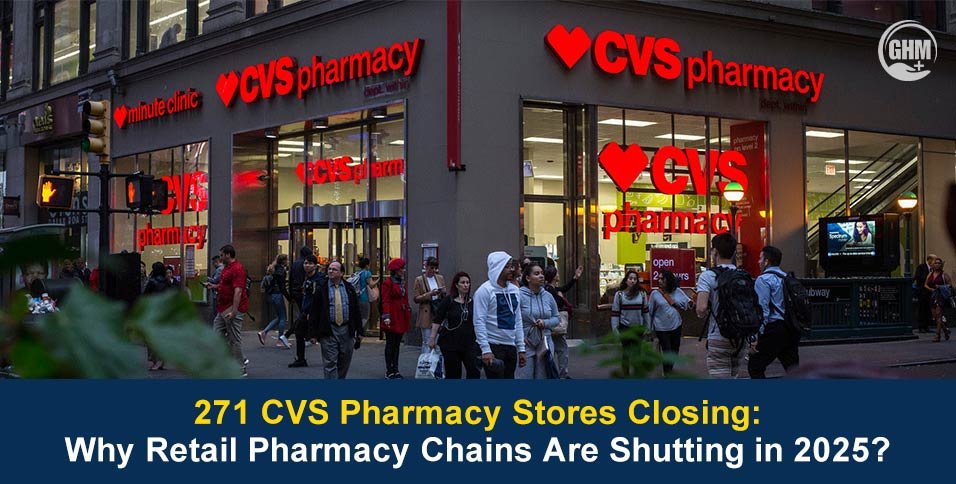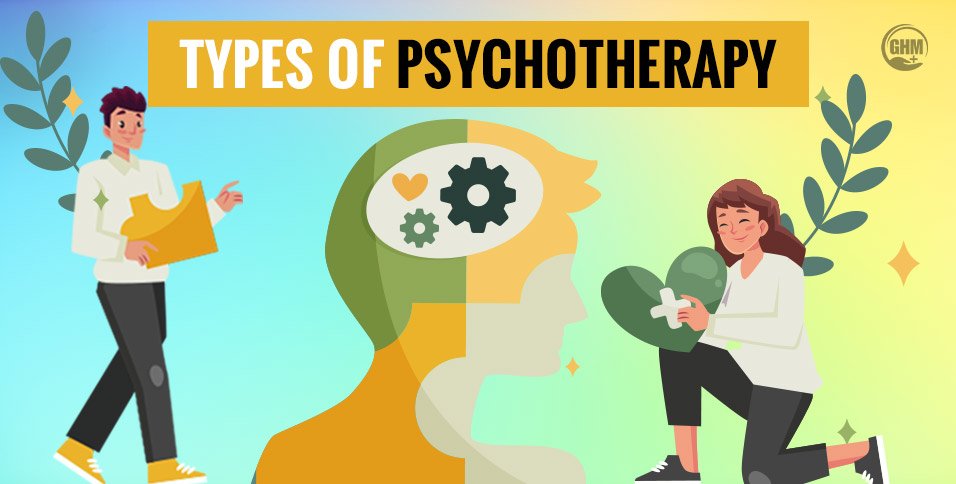June 03, 2025
A pivotal moment for U.S. retail healthcare, as the news of CVS Pharmacy stores closing is confirmed.
In a sweeping strategic move that reflects seismic shifts in the retail pharmacy landscape, CVS Pharmacy will close 271 stores across the United States in 2025, continuing a nationwide trend that has reshaped how Americans access health services. The CVS Pharmacy stores closing initiative, officially announced in late May 2025, marks the next phase of a three-year plan to streamline store operations, reduce redundancies, and refocus on evolving healthcare delivery models.
As one of the nation’s most recognized pharmacy chains, CVS’s decision is sending ripples across both the healthcare and retail sectors. But what exactly is driving this transformation?
Why Is CVS Closing So Many Stores?
CVS’s closure of 271 stores in 2025 is not a sign of retreat—it’s part of a calculated enterprise-wide restructuring designed to modernize the company’s presence in an increasingly digital-first healthcare environment.
Key Reasons Behind the Closures:
- Consumer Behavior Shifts: More Americans are ordering medications online or using mail-order services, reducing the need for physical stores.
- Overlapping Locations: Some communities host multiple CVS stores, leading to self-competition and inefficiencies.
- Demographic and Population Trends: Locations are being evaluated based on local population movements and healthcare access gaps.
- Rising Costs and Shrinking Margins: Inflation, lower reimbursement rates from insurers, and higher operating expenses are pushing CVS to focus on its most profitable assets.
- Digital Disruption: Online pharmacies and direct-to-consumer health brands are reshaping consumer expectations.
The company insists this is not a reaction to industry stress, but a proactive alignment with its long-term care delivery strategy, including investment in digital services, in-store clinics, and smaller, health-focused locations.
Where Are the Closures Happening?
While CVS has not released a full list of the 271 locations, several confirmed closures have emerged, especially in New York State, where five stores will shut down in 2025:
- Albany: 153 Central Avenue, 1026 Madison Avenue
- Manhattan: 1241 Lexington Avenue
- North Tonawanda: 955 Payne Avenue
- Staten Island: 1654 Richmond Avenue
Closures are also expected in states like California, Alabama, and other regions where CVS has a dense footprint. Still, the company assures that 85% of Americans will continue to live within 10 miles of a CVS store.
CVS Is Also Opening Stores—But With a New Strategy
Despite the wave of closures, CVS plans to open nearly 30 new locations in 2025, many of them smaller in size and strategically placed. These aren’t your traditional big-box pharmacies—they’re tailored for the modern healthcare consumer.
The New CVS Format:
- Under 5,000 sq. ft., focused on clinical care and prescription services
- Often co-located inside Target stores or other high-traffic retail hubs
- Equipped with digital health kiosks, telehealth booths, and mini-clinics
These stores are designed to be more cost-efficient, tech-enabled, and community-oriented, helping CVS stay relevant in a healthcare environment that increasingly values convenience and personalization.
A Broader Trend: Walgreens and Rite Aid Are Also Shrinking
CVS is not alone in this transformation. Its main competitors are undergoing similar retrenchments:
- Walgreens is planning to close 1,200 stores by 2027 amid financial losses and increased competition.
- Rite Aid is facing the most turbulence, having filed for bankruptcy and begun liquidating stores nationwide. CVS and Walgreens are acquiring some of its locations and prescription files.
This trio of pharmacy giants is being squeezed by Amazon Pharmacy, e-commerce trends, and consumer demand for hybrid digital-physical health solutions.
Online Pharmacies and Tech-Driven Disruption Are Reshaping the Industry
Here’s how digital transformation is influencing brick-and-mortar pharmacy strategies:
- Foot Traffic Decline: With 24/7 online access to medications and health products, customers are visiting fewer physical stores.
- Mail-Order Medication Boom: Digital pharmacy platforms offer convenience and lower costs, drawing customers away from traditional outlets.
- Hybrid Models Emerge: Chains like CVS are evolving into omnichannel brands, offering order-online-pickup-in-store, curbside delivery, and telehealth.
- Retail-as-Healthcare-Hub: Stores are being reimagined as community health centers, focusing more on services than merchandise.
- Logistics and Inventory Challenges: E-commerce demands faster fulfillment and real-time inventory systems.
- Tech-Powered Consumer Experiences: Innovations like AR, AI health assessments, and subscription medicine models are driving expectations upward.
What This Means for Consumers and Communities
The CVS Pharmacy stores closing may raise concerns for those in affected neighborhoods, especially where pharmacy access is already limited. However, CVS is emphasizing healthcare equity as part of its redesign. The chain is targeting underserved areas with smaller, smarter stores and investing in telehealth, home delivery, and digital prescription management.
For the general public, this transition signifies a move toward more personalized, tech-enabled, and accessible healthcare, even if it means fewer neighborhood stores.
Final Thoughts: CVS Is Betting on the Future of Healthcare, Not Retail
The 2025 store closures may seem like a contraction, but CVS is betting big on healthcare innovation over retail tradition. By optimizing its store network and leaning into digital care delivery, CVS aims to stay ahead of shifting consumer behaviors, economic pressures, and technological disruption.
The retail pharmacy of the future won’t just sell toothpaste and flu shots—it will be a data-driven, patient-centered care hub. CVS is simply getting there first.
In conclusion, the CVS Pharmacy stores closing 271 locations in 2025 is not a sign of weakness but a strategic pivot in a rapidly evolving healthcare landscape. It’s a clear indication that the future of pharmacy is less about simply dispensing pills and more about integrated healthcare services, digital convenience, and optimized physical access.
Stay informed with Global Healthcare Magazine for more insights on healthcare business trends, industry disruption, and the future of patient care in the U.S.



















